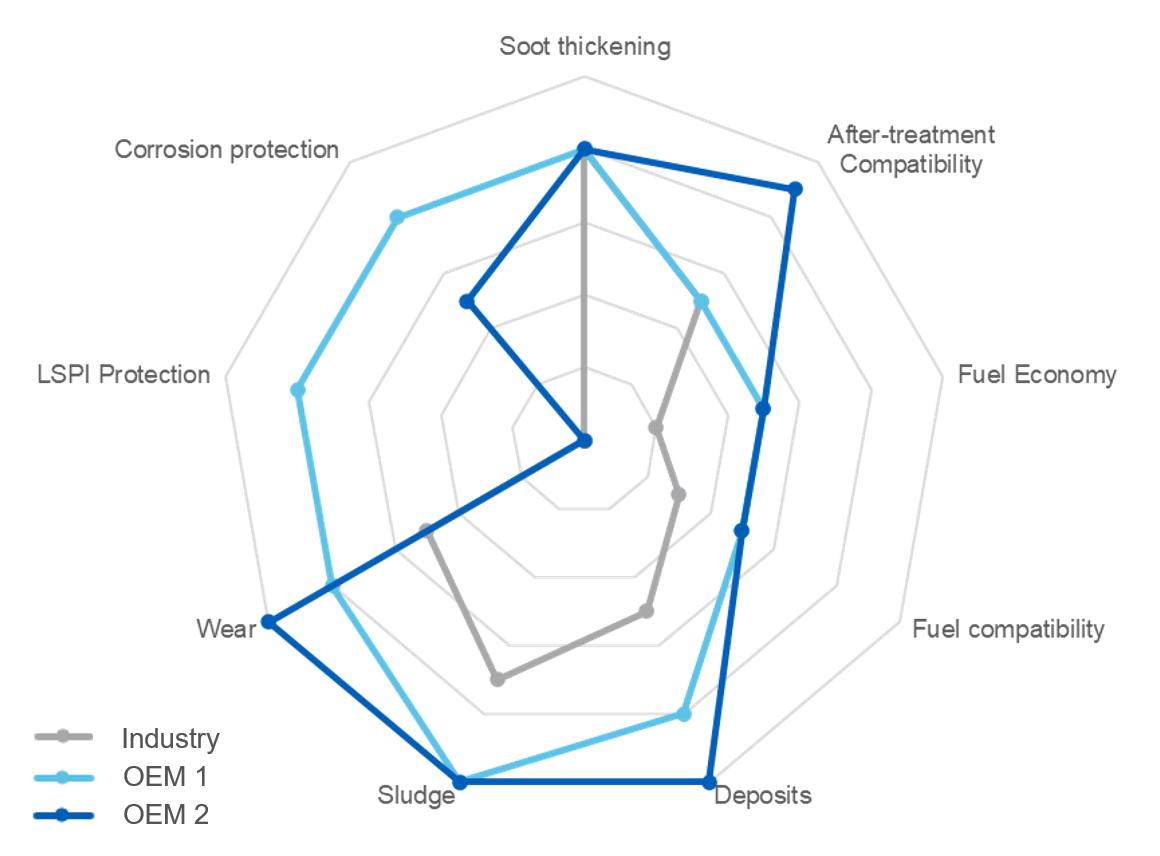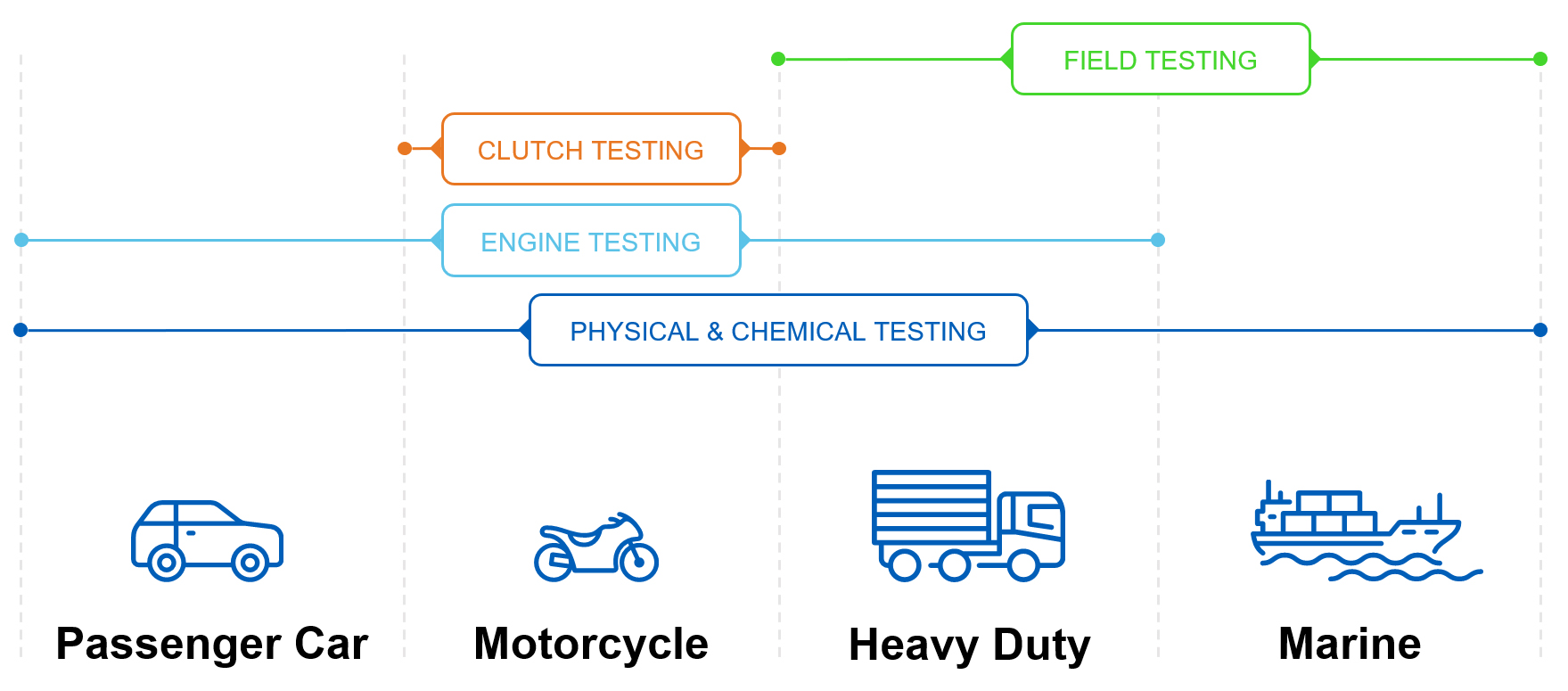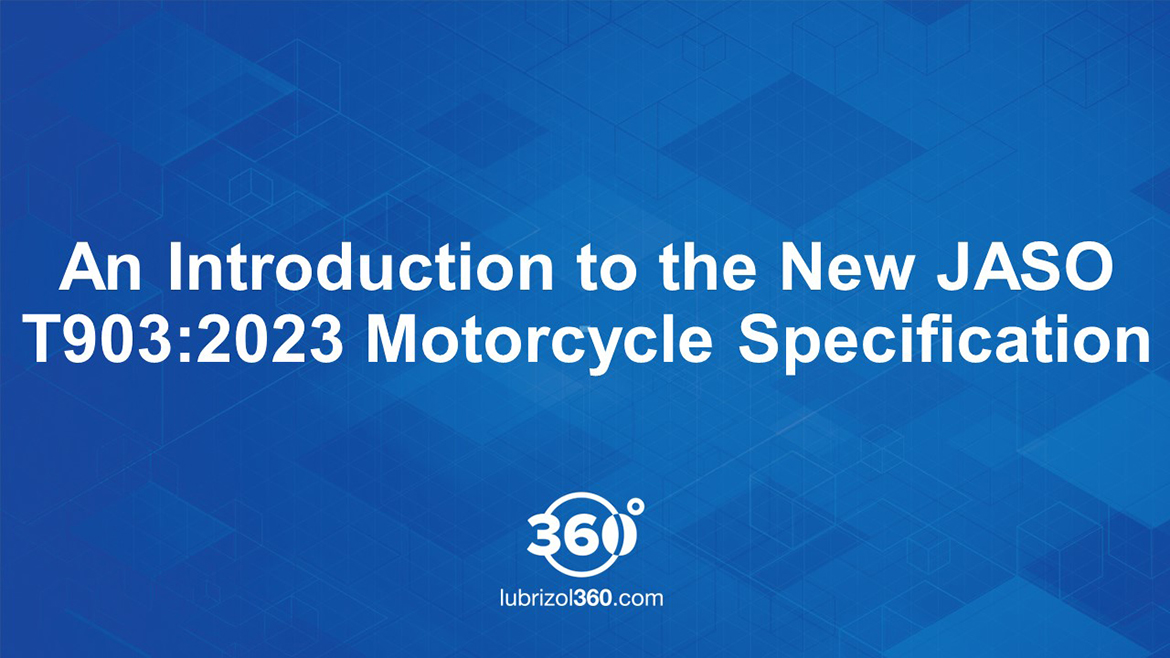Jan 1, 0001
Posted by Mathew Cole-Evans, Technical Manager
Specifications are the detailed requirements that, once satisfied, can lead to an approval. With the sorts of claims currently appearing on labels—"Meets Requirements Of,” “Recommended For,” and “Suitable For Use”—it is easy to become confused about the value of an OEM approval. OEM approvals are the only sure-fire way to limit risks of damage and poor performance.
Specifications, the Roadmap to Approval
When a lubricant satisfies the requirements of a specification, an approval may be sought from the body governing the specification. An approval certifies that the lubricant, such as an engine oil, meets important criteria around its properties and the way it performs within a mechanical component. The specification typically involves the following types of criteria:
- Physical limits ensure that the lubricant has the correct viscosity characteristics to provide sufficient protection at temperature extremes, such as being able to flow at the extreme low temperatures and providing a lubricant film at extreme high temperatures.
- Chemical limits ensure that the lubricant has the correct chemical composition to prevent corrosion, neutralize acids, and protecting exhaust aftertreatment devices from SAPS-related poisoning.
- Engine and laboratory tests assure a lubricant can prevent damage from phenomena like deposits and LSPI and enhance performance like fuel economy.
Types of Specifications
Specifications fall into one of two types:
- Industry specifications are designed and managed by industry groups like ACEA, API, ILSAC and JASO. These groups develop specifications to ensure lubricants have right performance level to protect a wide range of engines. Performance is validated via a prescribed list of engine and laboratory tests.
- OEM specifications like BMW LL-04, VW 50400/50700, MAN Cat. II, and Volvo VDS-4.5 come directly from the companies that manufacture the equipment—the Original Equipment Manufacturer (OEM). With their specifications, OEMs can dictate exactly how the lubricant should perform within the unique lubrication environment of their engines.
In many cases, OEM specifications build off industry specifications, bolstering areas important to the design and performance philosophies of the OEM. For this reason, OEM specifications can be the most stringent of all the specifications. Gaining approval is often a difficult, expensive, and time-consuming task that demands higher performing lubricants.

Why Have Specs?
Specifications are a way of defining and controlling the performance of a lubricant in a multitude of areas. For instance, as hardware evolves, specifications ensure that lubricants are also evolving so they can perform as intended. As emissions legislation becomes more stringent, specifications ensure that lubricants are doing their part by, among other things, protecting equipment that reduces emissions. As markets continue to demand better fuel efficiency, specifications dictate how a lubricant must perform despite factors such as low viscosity and decreased lubricant volume. While durability remains a top consideration, specifications allow oil marketers to prove their lubricants are up to the task of protecting and prolonging the life of components.
Approaches to Engine Oil Specifications
Considering passenger car, motorcycle, heavy duty, and marine diesel specifications, all rely on testing for physical and chemical limits. Beyond that base, each market has a slightly different approach for making sure a lubricant is going to work in a given application. For instance, passenger car, motorcycle, and heavy-duty specifications involve engine testing in which the lubricant is tested in a controlled test-cell environment against precise test cycles. Motorcycle specifications add clutch testing because the oil lubricates not only the engine, but also the gearbox and wet clutch simultaneously. One important aspect of clutch testing is verifying the level of friction supplied by the lubricant. If too much friction is present, energy is needlessly wasted as the clutch surfaces engage. If friction is lacking, the clutch will not engage and will spin freely, preventing power from making its way to the gearbox and the wheels. This scenario leads to clutch burn out. Heavy duty and marine specify field testing as a means of proving performance in real world conditions. One reason marine diesel lubricants are not typically tested in a test-cell environment is the sheer size of the engines and the high fuel usage, often leaving field trials as the best option for qualifying performance.

The OEM Approval Process
While the details of the approval process may differ from OEM to OEM, the general flow of the process follows three distinct phases. Typically, during phase one the process begins with the technology provider developing the engine oil formulation, which includes the base oil, the additive package, and viscosity modifier. Once the technology provider finalizes a formulation, the technology provider runs the required testing as defined in the details of the OEM specification. This testing is expensive and involves a significant investment and competency in test rigs, hardware, engine components, and infrastructure. When the testing is complete, the OEM reviews the resulting data and, if successful, grants the technology provider an Original Approval against the formulation.
During phase two, the oil marketer runs required validation testing on the approved formulation and consults with the OEM about the manufacturing tolerances for scaling up production. Validation testing is important because it confirms to the OEM that the formulation the oil marketer will be blending is the exact formulation that was granted Original Approval. This is typically low-cost laboratory testing. The OEM in turn reviews the validation data and grants the oil marketer a Reblend Approval for the technology provider formulation using the exact formulation components defined in the original approval. The oil marketer is now able to bring this formulation to market.
Finally, phase three involves the oil marketer obtaining Rebrand Approval for any additional products or brand names they may be taking to various markets around the world. No additional testing is required in this phase, but an approval is still required to validate brand names, packaging, etc.

The Value of OEM Approved
OEM approval ensures all testing has been conducted as directed and that a lubricant will perform as needed. You can be sure the performance of the lubricant formulation is as required for the unique design and needs of the OEM’s engine as the formulation has been validated by the OEM. Therefore, use of an OEM-approved product minimizes the risk of damage to the engine and maximizes the performance of the engine.
Any other common label terminology being used poses potential problems. Common terminology like “Meets Requirements Of,” “Recommended For,” and “Suitable For Use” mean that the oil marketer has made a judgment about the performance of their formulation. Using any of these claims indicates that the oil is not approved by the OEM. The data behind these claims can cover a wide spectrum.
- The best case among these suspect claims is a situation where all required data has been collected, but the oil marketer has not applied for OEM approval
- Some claims may involve an obsolete specification wherein an OEM approval cannot be obtained.
- They may include data that complies with an older version of the specification.
- In some cases, these claims may not include the engine test data to support them.
In any case, anything other than “OEM Approved” not only confuses consumers, but also puts their investment at risk. The brand and reputation of both the oil marketer and the OEM are also at risk. The only sure way to minimize risk is OEM approval, for it is the only way to guarantee that the OEM has validated the formulation’s performance.









